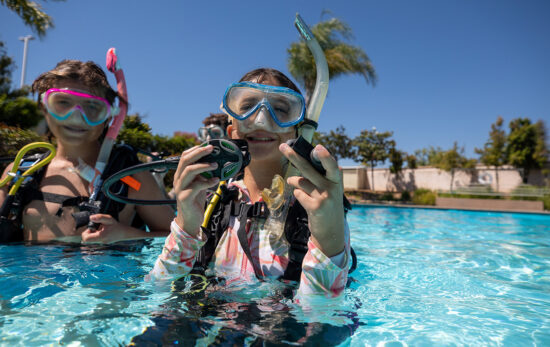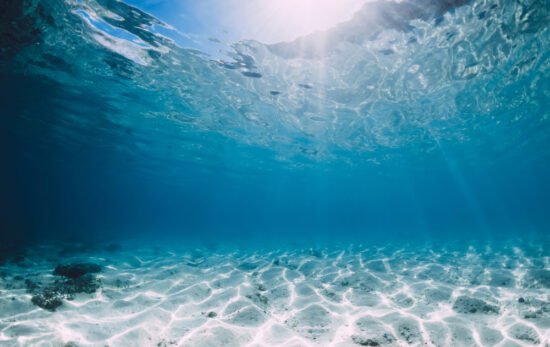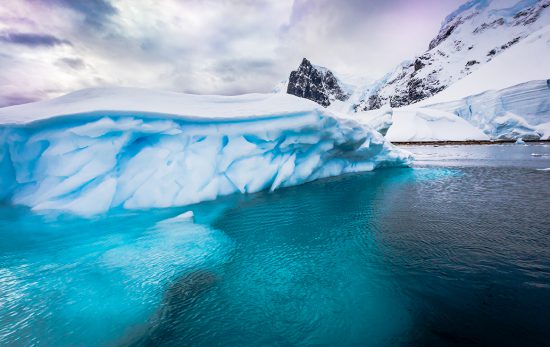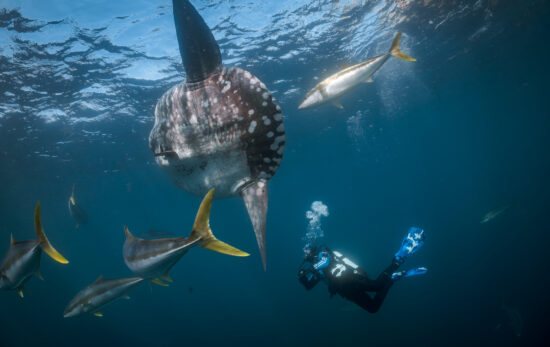You know that person that’s always cold? That’s me. I wear a 5 mm wetsuit with a beanie, even in the tropics. Before I learned how to dive in a dry suit, I often cut my dives short. Even if I had plenty of air in my tank, I’d end the dive early.
Looking back, I don’t know why it took me so long to learn how to dry suit dive. Now I realize a dry suit certification allows you to:
- Go places other divers cannot
- Stay warm and (mostly) dry underwater
- Enjoy a longer dive season
One of my happiest scuba memories is napping on the dive boat after three beautiful dives in the Channel Islands (California, USA). I was lying on the dive deck in my dry suit undergarment being warmed by the sun like a piece of toast.
That day, we had the most popular dive sites all to ourselves, because the water was too chilly for most non-dry suit divers. I stayed underwater for nearly 90 minutes because, unlike wetsuit diving, I didn’t get cold and end the dive early. The water was so clear I literally forgot I was in a kelp forest and not a topside forest — until a pair of seals showed up.
Here are five reasons why Dry Suit Diver should be your next specialty certification course.
1. You’ll Enjoy Longer, Warmer Dives
If, like me, you:
- End dives prematurely because you get cold
- Enjoy diving with fewer people around
…the PADI Dry Suit Diver Specialty course should be your next specialty!
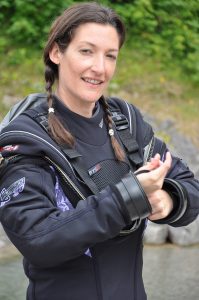
2. Are Dry Suits Waterproof? Get All Your Questions Answered
Yes, dry suits are waterproof. Flexible seals at the neck and wrists keep water out. Dry suits also have waterproof zippers and either built-in boots or booties. Only your head and hands get wet. If you want to be as dry as possible, you can also wear dry gloves and a full face mask.
In the PADI Dry Suit Diver course, you’ll learn about different types of dry suits in addition to learning how to dry suit dive.
3. Dry Suit Diver is a Beginner-Friendly Course
Unlike wetsuits, dry suits are filled with air. If you’re used to diving in a wetsuit and adjusting your buoyancy using your BC, you have to change your mindset a little bit.
It’s somewhat easier to learn how to dry suit dive if you’re a total beginner, because you don’t have to relearn things you’re used to doing when diving in a wetsuit. This is one of the many reasons Dry Suit Diver is one of the best specialties to take after your Open Water Diver course.
Learn more about dry suit diving vs. wetsuit diving.
4. You’ll Get to Explore More Diving Destinations
Once you know how to dive in a dry suit, you can explore more of our ocean planet, including:
- Scotland – Home to world-famous Scapa Flow and one of the best places to dive with basking sharks.
- Iceland – Where you can dive between two continents.
- Antarctica — No explanation needed.
- …and more!
5. You Can Learn How to Dry Suit Dive in 1-3 Days
The PADI Dry Suit Diver Specialty course begins with practice time in a pool or pool-like environment. You’ll practice adding and venting air from your dry suit, adjusting your buoyancy and controlling the air in your suit.
I’ll never forget flailing upside down with my feet above my head and fins sticking out of the water. It was unsettling, to say the least. I was very glad to have an Instructor there. She also loaned me some ankle weights to help even out my body position.
When you feel ready, you’ll make two open water dives with an Instructor. Most dive students complete the dry suit diver course in 1-3 days.
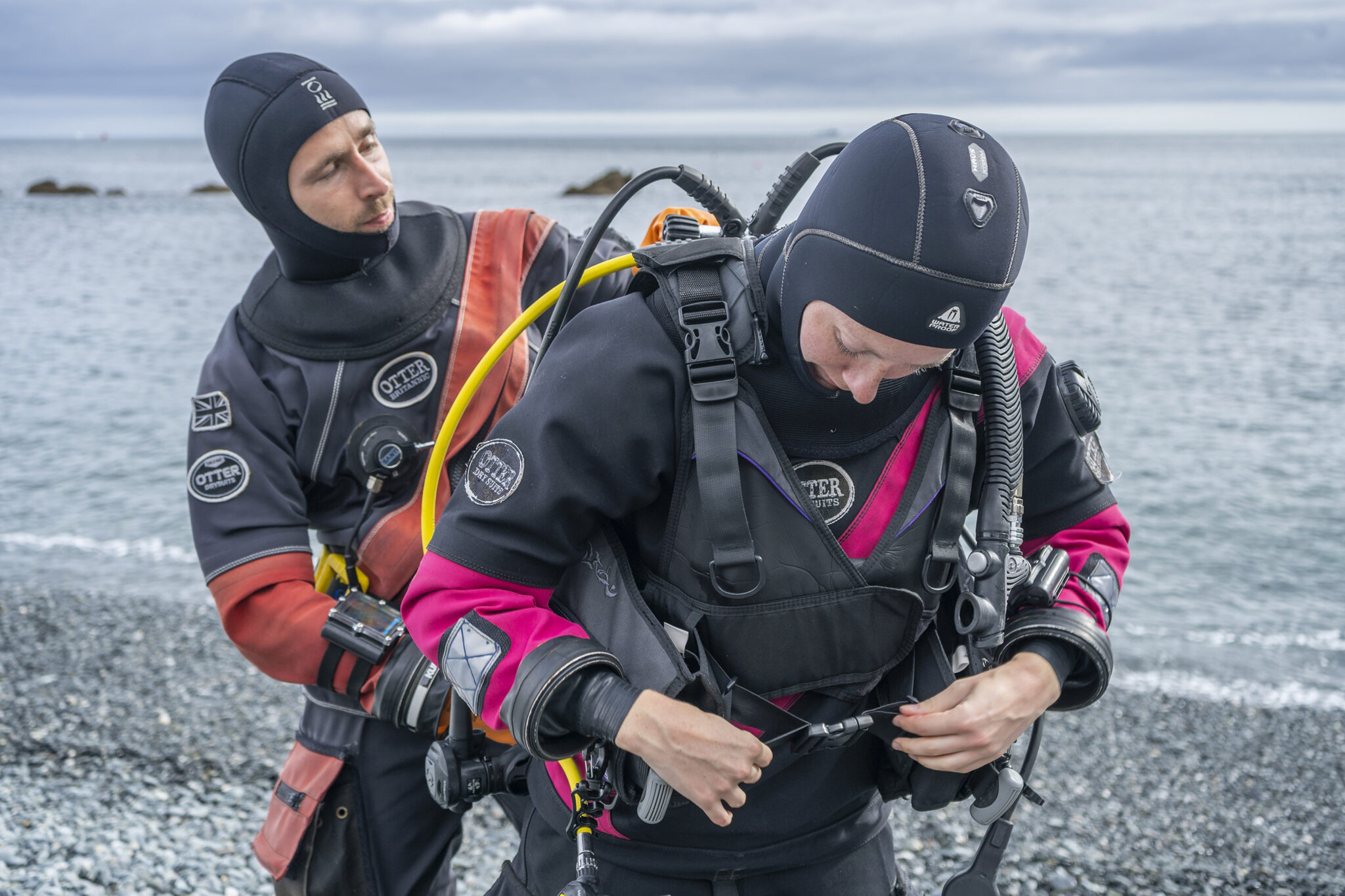
A Short Course With Big Value
Without naming names, there are some specialty courses out there that are fun, but not 100% necessary. Dry Suit Diver is not one of those courses.
The PADI Dry Suit Diver Specialty course teaches essential safety skills. No one should dive in a dry suit without proper training.
Thedry suit course also covers how to perform basic repairs and maintenance. So, whether you’re thinking about buying a dry suit or just want to know if dry suit diving is for you, Dry Suit Diver is an excellent value.

